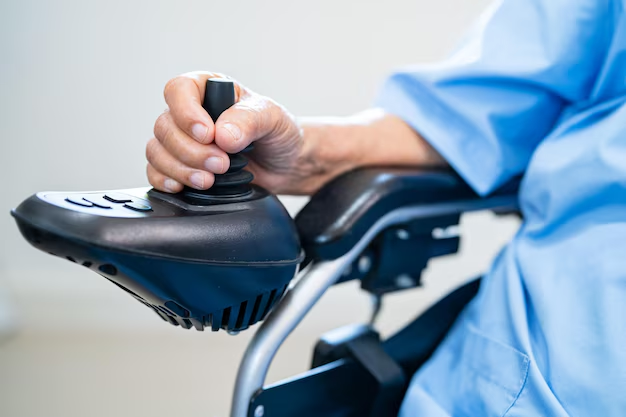Discover How to Acquire a Lift Chair with Medicare Assistance
As we age or face mobility challenges, maintaining independence can become increasingly difficult. For many, a lift chair isn't just a luxury—it's a necessity that enhances daily life. If you or a loved one are experiencing difficulty transitioning from sitting to standing or vice versa, you might be considering a lift chair as a practical solution. The good news is, if you qualify, Medicare may cover a portion of the cost.
Understanding Medicare Coverage for Lift Chairs
Medicare coverage can sometimes feel like a labyrinth. However, when it comes to lift chairs, Medicare Part B can provide assistance. Medicare classifies the lifting mechanism of the chair as a durable medical equipment (DME) item. It’s essential to note that not the entire chair, but specifically the mechanism within the chair that helps you stand up is the component covered by Medicare.
Eligibility Criteria
To be eligible for a lift chair through Medicare, you must meet specific conditions:
- A doctor's prescription: Your physician must deem the lift chair as medically necessary. This usually means that the chair will improve your condition or prevent your condition from getting worse.
- Diagnosed medical condition: Having conditions such as arthritis, balance disorders, or neuromuscular diseases strengthens your eligibility.
- Supplier participation: Ensure the supplier you choose is a Medicare-registered supplier for DMEs. This is crucial because only items ordered from these suppliers qualify for reimbursement coverage.
Steps to Secure Your Lift Chair
Consult Your Physician: Schedule an appointment to discuss the necessity of a lift chair. Your doctor will assess your medical needs and, if suitable, provide a written prescription.
Find a Medicare-Approved Supplier: Research suppliers who are enrolled in Medicare’s program. This ensures that you can receive proper reimbursement.
Submit Necessary Documentation: Alongside your doctor's prescription, you’ll need to fill out and submit Form CMS-849, detailing your medical need.
Understand Your Financial Responsibility: Typically, Medicare covers 80% of the approved cost for the lift mechanism, while you or your supplemental insurance are responsible for the remaining 20% and any additional cost of the chair itself.
Receive Prior Authorization: Some circumstances may require prior authorization, so validate this with your supplier to prevent any potential delays.
Beyond Lift Chairs: Explore Additional Financial Supports
While securing a lift chair through Medicare can alleviate some financial strain, additional programs may provide broader support for various needs:
- 👵 Medicaid: Offers more extensive health coverage for those who qualify, potentially covering services that Medicare does not.
- 📊 Social Security Disability Insurance (SSDI): Provides financial assistance for individuals who can no longer work due to disability.
- 💸 Low Income Home Energy Assistance Program (LIHEAP): Assists eligible low-income households with their heating and cooling energy costs.
- 🎓 Free Application for Federal Student Aid (FAFSA): Assists those continuing education in funding college tuition and fees.
- 🏡 Section 8 Housing Voucher: Offers rental assistance to low-income individuals and families.
Understanding and accessing these resources can provide a significant impact on your quality of life. As you explore options for your well-being and financial health, always consider talking to a financial advisor or social worker to make the most informed decisions possible.

Related Topics
- Am I Elgible For Medicare
- Am I Enrolled In Medicare
- Am I Qualified For Medicare
- Are Adult Diapers Covered By Medicare
- Are Chemotherapy Drugs Covered By Medicare Part d
- Are Colonoscopies Covered By Medicare
- Are Covid Tests Covered By Medicare
- Are Cpap Machines Covered By Medicare
- Are Cpap Supplies Covered By Medicare
- Are Dental Implants Covered By Medicare